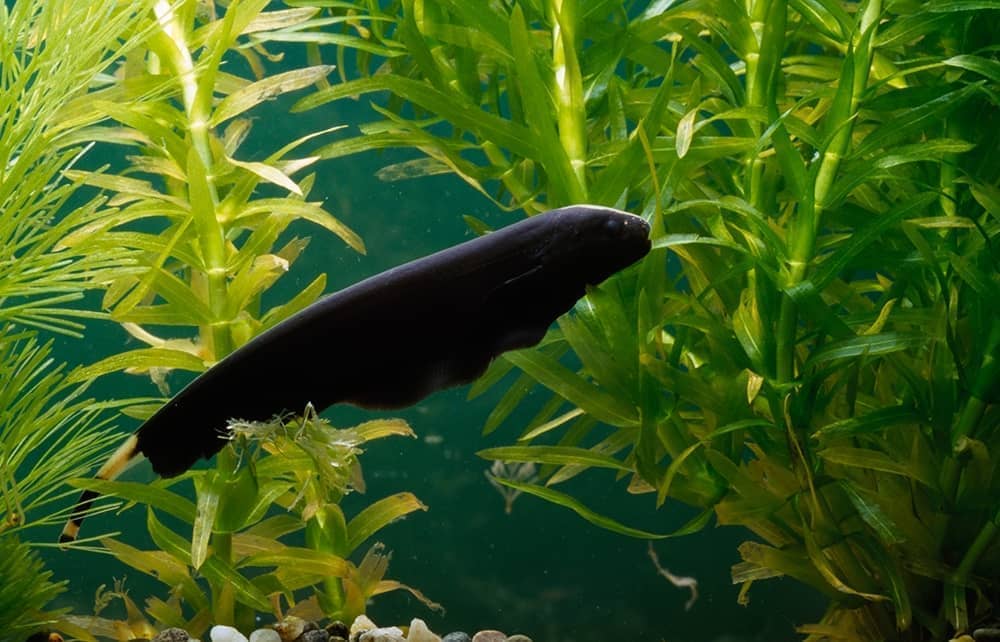In the Zhuangzi, a collection of tales attributed to the eponymous 4th-century BC Chinese philosopher, a frog that lives in a well boasts about its comfortable way of life to a visiting sea turtle. When the turtle describes its own existence in the vast expanse of the ocean, however, the frog has no idea what to make of it.

Disagree with half of it, enjoy reading all of it
TRY A MONTH FREE
Our magazine articles are for subscribers only. Try a month of Britain’s best writing, absolutely free.
Already a subscriber? Log in






Comments
Join the debate, free for a month
Be part of the conversation with other Spectator readers by getting your first month free.
UNLOCK ACCESS Try a month freeAlready a subscriber? Log in